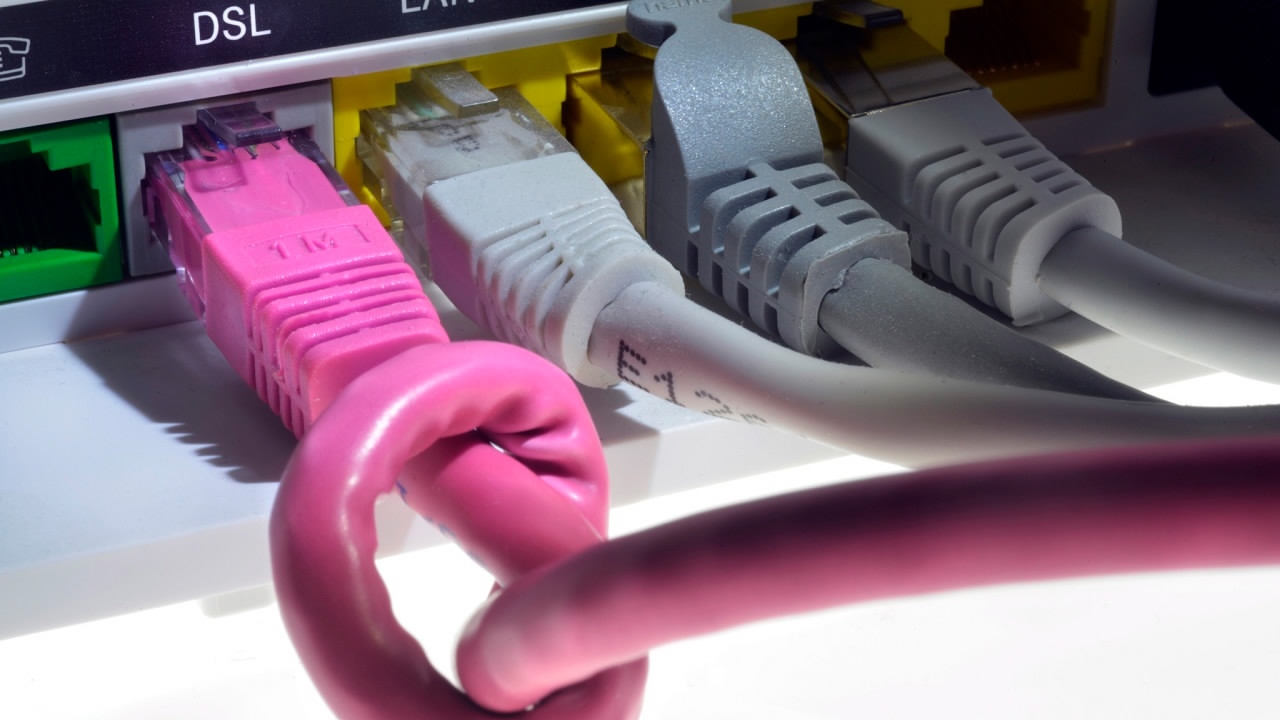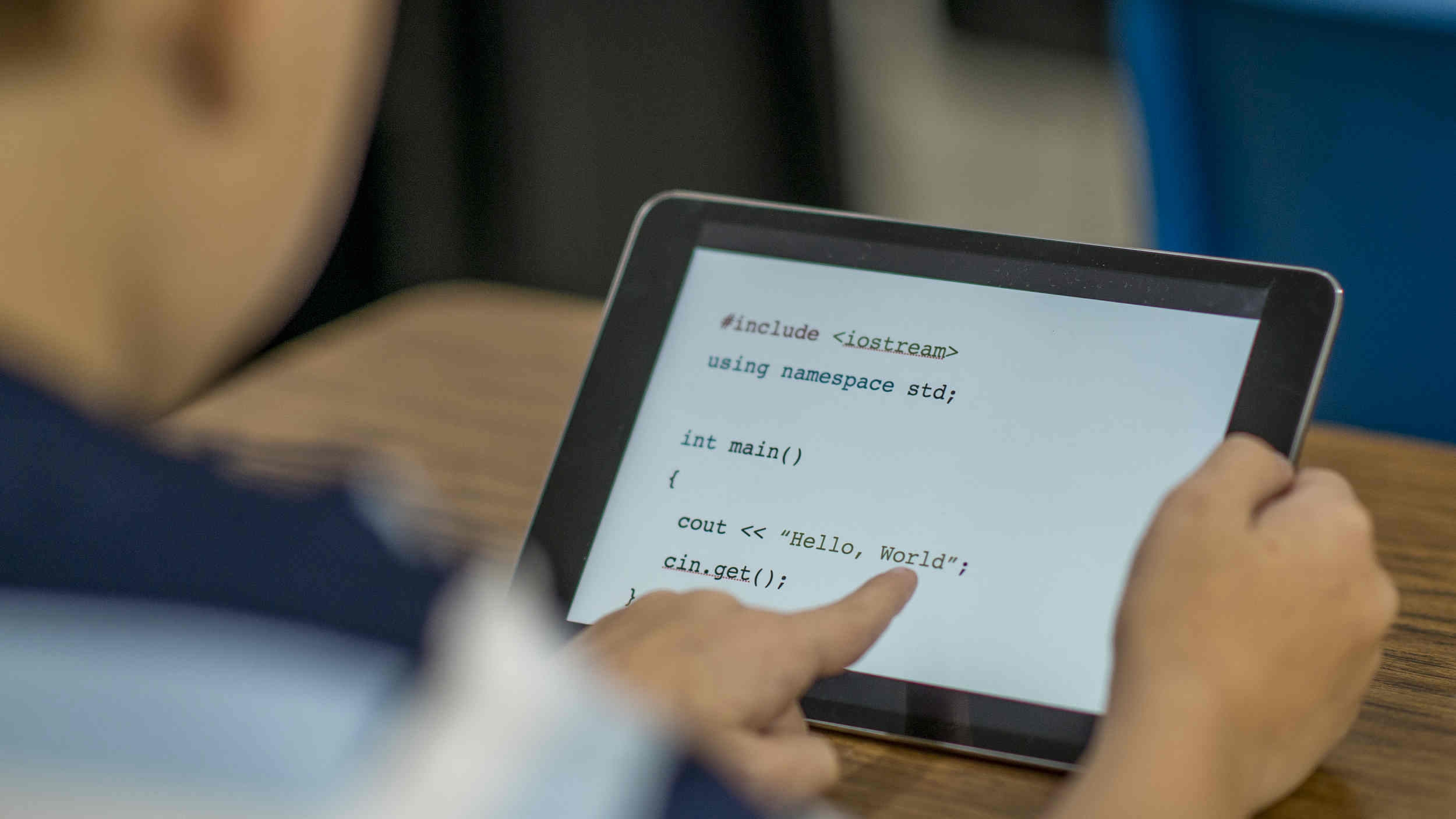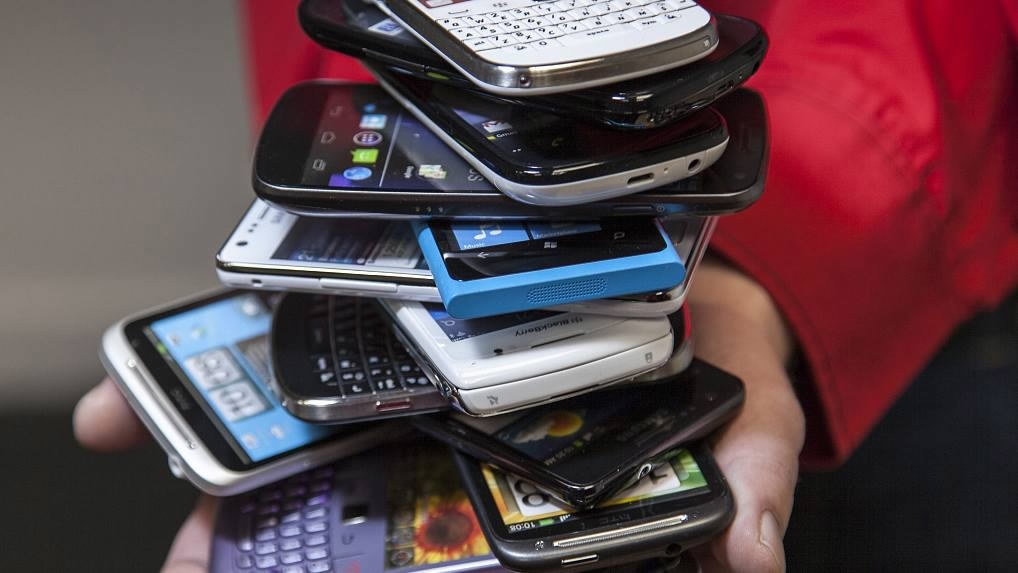
Much has been said about the coronavirus pandemic hastening the expansion of the digital economy worldwide, but this development masks the yawning technology gap that exists.
For example, the internet penetration rate in developed nations is 87 percent, but falls to 47 percent among developing countries and just 19 percent in the least developed countries (LDCs), according to International Telecommunications Union figures.
COVID-19 has exacerbated the disparities, wreaking havoc globally and prompting the United Nations General Assembly to debate solutions to the digital divide on Tuesday.
"Without decisive action, the digital divide will become the new face of inequality," UN Deputy Secretary-General Amina Mohammed warned delegates.
She noted that communities without internet access have been unable to benefit from "remote education, remote work, or remote health services" that have multiplied over the past year.
In effect, hundreds of millions are lagging even further behind economically and academically.
While entrepreneurs salivate at the prospects afforded by the world becoming more digitally dependent, Mohammed issued a reminder that almost half the world's population, 3.7 billion people, are still offline.
The dire COVID-19 situation in India has highlighted the divide in stark terms. While international media reports are filled with appeals for help to care for loved ones via Twitter and other social media platforms, the reality is that the majority of Indians, most of them poor, do not have smartphones.

Many governments have been forced to find digital solutions in responding to the pandemic. /VCG
Many governments have been forced to find digital solutions in responding to the pandemic. /VCG
"One needs to know someone or appeal on social media for a quick response. But how many people can do that? It doesn't work," children's rights activist Baidnath Kumar said last week as people frantically sought beds, oxygen, medicines and doctors.
Helplines can only do so much when they are overwhelmed by calls.
"I don't know what Twitter is and didn't think of asking for help on social media," an Indian woman, whose mother was seriously ill, was quoted as saying.
More than 500 million people are estimated to use smartphones in the nation of 1.3 billion people.
But even though rapid expansion in mobile phone usage has taken place in the developing world, UNCTAD, the UN's trade and investment arm, warns in an analysis published on April 1 that we should not to get carried away with the notion that digital technologies could play a key role in the quest for sustainable development.
Not only is network coverage much lower in LDCs than in the rest of the world, but their mobile data usage is also significantly more expensive, according to the analysis.
"This situation perpetuates existing inequalities – rural vs urban, poor vs rich – that intersect with micro-level disparities across gender and ethnicities, among others," it says.
On gender, for instance, women are disproportionately disconnected, with only 48 percent having access globally.

More than 500 million people in India are estimated to use smartphones in the nation of 1.3 billion people. /VCG
More than 500 million people in India are estimated to use smartphones in the nation of 1.3 billion people. /VCG
The UN fears that an expanding digital gap will hamper its sustainable development goals, a global plan to end poverty.
"Truly, for billions of people, the pace and scale of sustainable development is reliant upon digital connectivity," General Assembly President Volkan Bozkir told the debate, which also involved speakers from the private sector and civil society.
UNCTAD says investment in digital productive capacities is a critical priority, particularly for LDCs, citing lower costs of internet access and support for investment in digital skills among priorities for action.
Governments, many of them cash-strapped, have been forced to find digital solutions in responding to the pandemic.
"From boosting bandwidth to allowing students to browse educational sites free of charge, such solutions went a long way to mitigating the worst impacts of lockdowns," says Oxford Business Group.
In a February assessment, it says there are numerous examples of emerging economies that have successfully implemented programs to expand internet access.
It cites Colombia's Vive Digital plan involving the creation of 900 free public access internet centers in rural villages and China's Villages Connected program in which broadband internet access – whether fixed, mobile or satellite – was installed in nearly 70,000 villages.
"Collectively, our task is to help design digital environments that can connect everyone with a positive future," Mohammed told the assembly in her push for equitable access to technology. "This is why we need a common effort, with collaboration among national and local governments, the private sector, civil society, academia and multilateral organizations."

